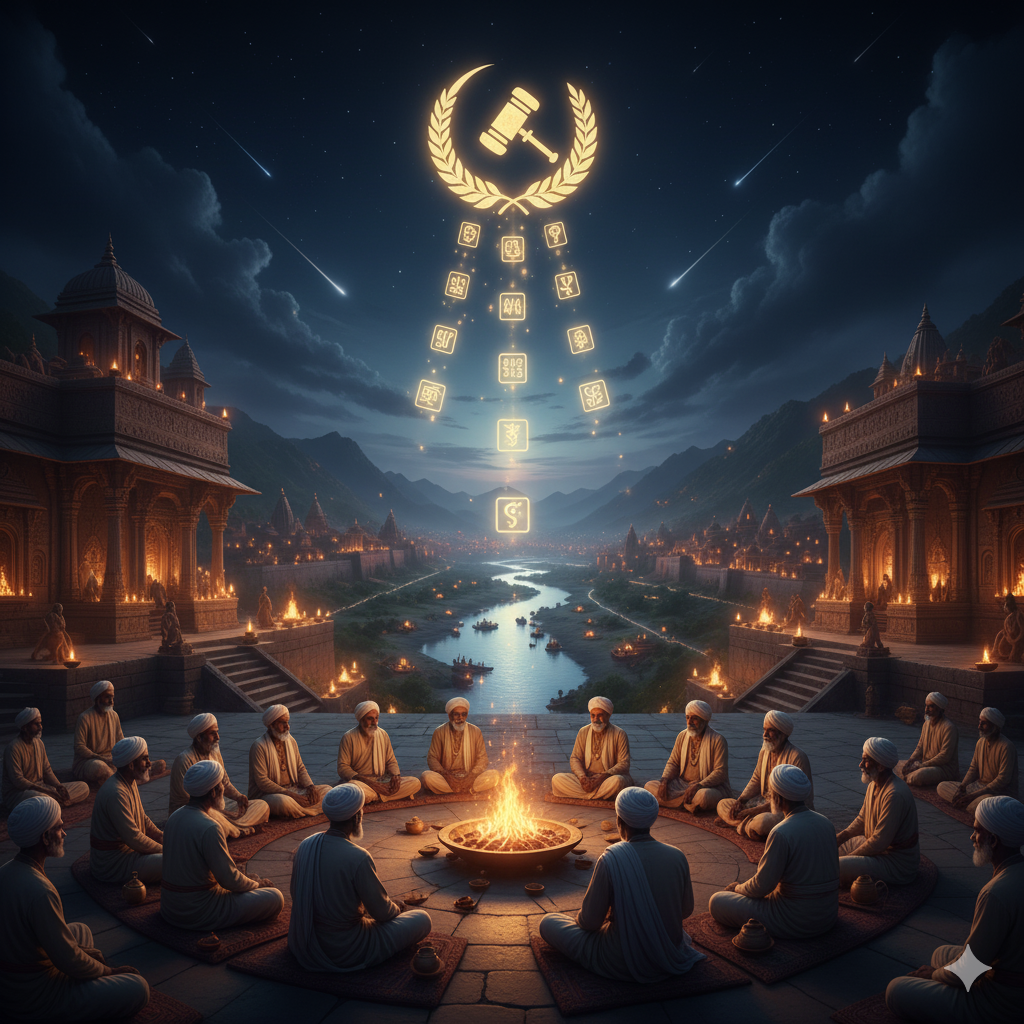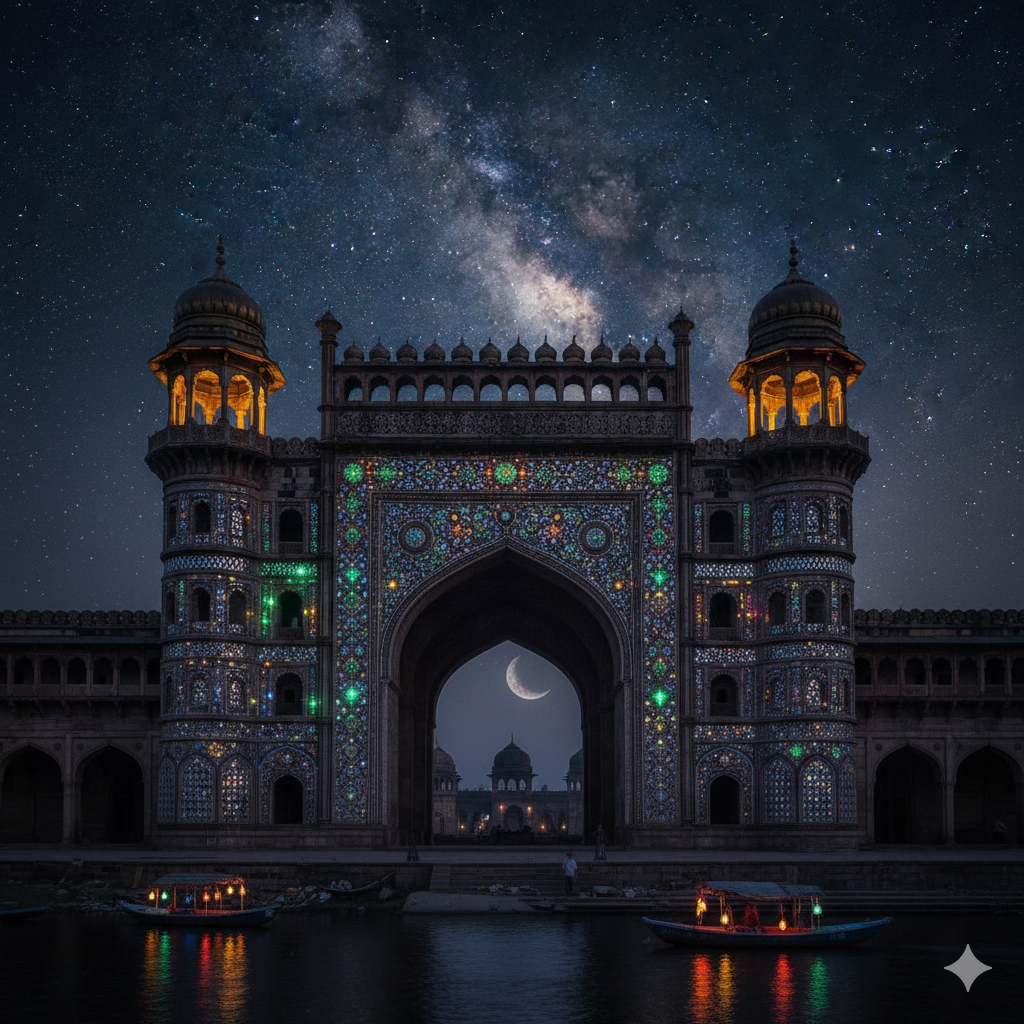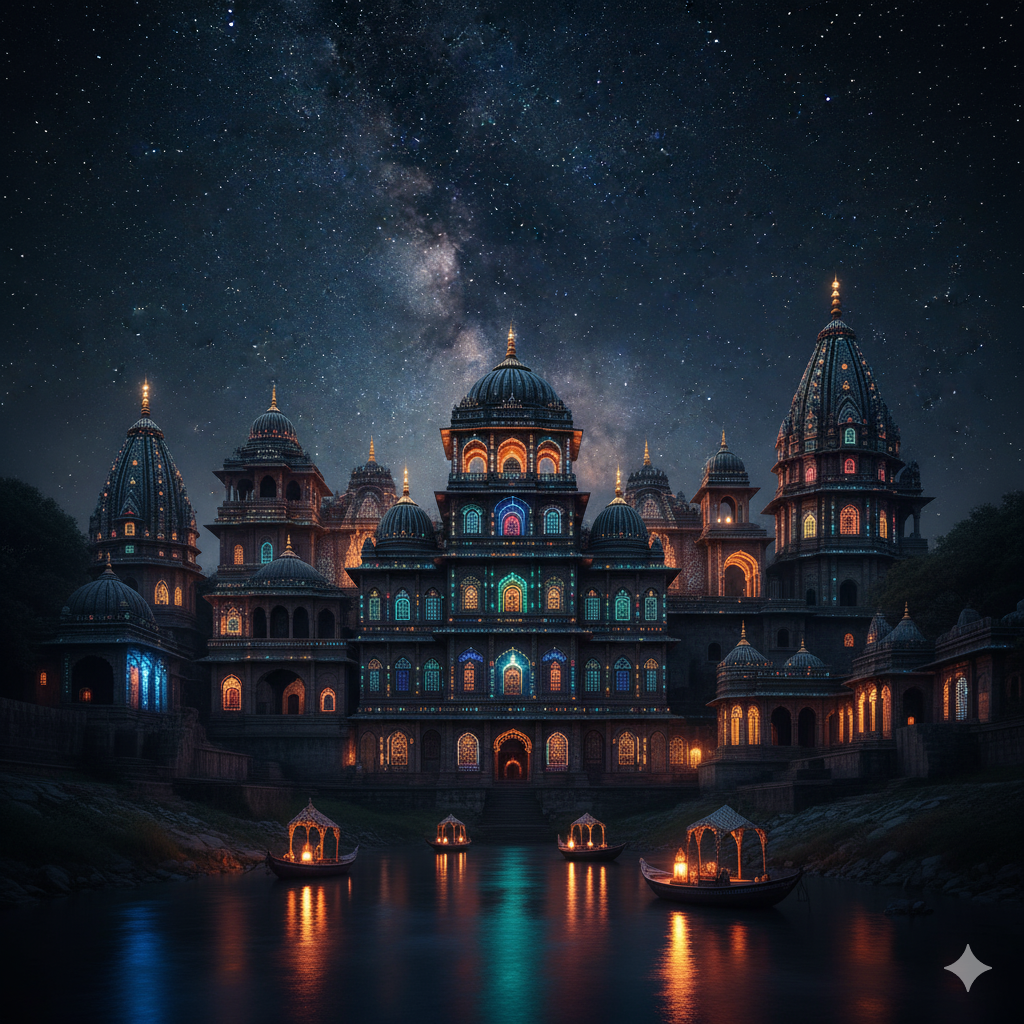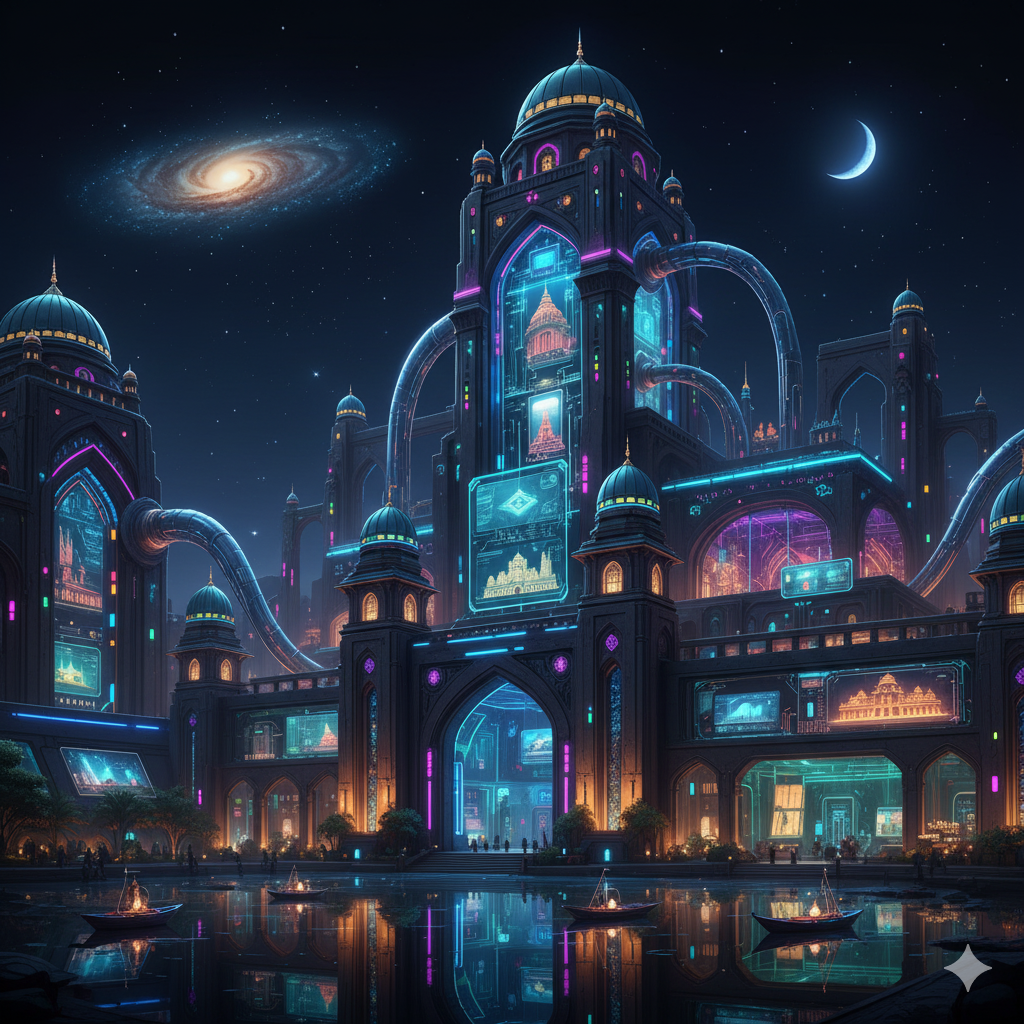Introduction
The ancient period of Indian history, particularly the 6th to 3rd centuries BCE, witnessed the emergence of ganarajya (republics) alongside monarchies. Derived from the Sanskrit term Gana (assembly or group) and Rajya (rule), a ganarajya represents a state governed collectively by an assembly, often comprising representatives of clans or tribes. These early republics reflect a unique model of participatory governance in a predominantly monarchical landscape.
In ancient Uttar Pradesh, several republics (ganarajyas) emerged, most notably in the eastern and central Gangetic plains. They played a crucial role in the political, cultural, and economic evolution of the region. This article presents a detailed study of the republics in Uttar Pradesh, their territorial extent, governance structures, social organization, economic base, cultural significance, and historical impact, providing a rich resource for educational and academic purposes.
1. Concept of Gana-Rajya
The ganarajya system represents an early form of republican governance in India. Its features include:
- Collective Leadership:
- Power was exercised by an assembly of elders, clan leaders, or elected representatives.
- Decisions were taken collectively, often requiring consensus.
- Governing Bodies:
- Vidhans (councils or assemblies): Responsible for legislation and policy.
- Executives (Raja or Chief): Functioned as the head, often elected or chosen from among elites.
- Democratic Elements:
- Early participatory decision-making.
- Inclusion of multiple clans or families in governance.
- Military Organization:
- Republics maintained organized militias to defend their territories.
The ganarajya system contrasts with monarchies, emphasizing collective responsibility, limited hereditary succession, and consultative governance.
2. Geographic Distribution in Uttar Pradesh
Ancient Uttar Pradesh, located in the heart of the Gangetic plains, hosted several prominent republican states. Key republics include:
- Malla – Eastern UP, near modern Kushinagar and Gorakhpur districts.
- Shurasena (partially republican elements) – Central-western UP, around Mathura.
- Vajji (Vajji Confederacy) – Though primarily in Bihar, its influence extended into eastern UP border regions.
- Kosala (partially oligarchic elements) – Modern Bahraich and eastern UP.
These republics were often located near fertile river plains and trade routes, facilitating economic prosperity and political influence.
3. The Malla Republic
3.1 Territorial Extent
- Located in eastern Uttar Pradesh, covering modern districts of Kushinagar, Gorakhpur, and surrounding areas.
- Capital: Kushinagar.
- The region was strategically located near the Ganga and Ghaghara rivers, allowing trade and connectivity.
3.2 Political Organization
- Gana-sangha governance: Administration run by a council of clan representatives.
- Executive: The chief or Raja, elected or chosen by the assembly, performed ceremonial and administrative functions.
- Council of Elders: Decided policy, war, and alliances.
- Democratic Decision-making: Major decisions required the consensus of assembly members.
3.3 Social and Economic Base
- Agriculture formed the backbone of the economy, with rice, wheat, and barley cultivation.
- Trade flourished through riverine networks connecting neighboring states.
- Craft production included pottery, metallurgy, and textile weaving.
3.4 Cultural Significance
- Kushinagar is historically significant as the parinirvana site of Gautama Buddha.
- The Malla republic patronized early Buddhist monasteries and learning centers.
- Social organization emphasized community participation and collective welfare.
4. Shurasena and Mathura
4.1 Territorial Extent
- Central-western Uttar Pradesh, encompassing Mathura and surrounding regions along the Yamuna river.
4.2 Governance System
- Predominantly monarchy, but elements of republican councils existed in urban centers.
- Guilds and merchant associations often influenced administrative decisions.
- City-level councils managed trade, taxation, and civic responsibilities.
4.3 Economic and Cultural Contributions
- Mathura emerged as a major urban and trade center.
- Religious significance as a Vaishnavite and later Buddhist center.
- Terracotta and early sculptural art reflect a flourishing material culture.
5. Partial Republican Influence in Kosala
5.1 Overview
- Kosala, primarily a monarchy with capital at Shravasti, incorporated oligarchic assemblies in certain regions.
- Local village councils had limited autonomy, demonstrating participatory governance.
5.2 Administrative Features
- Monarchy provided central authority; councils managed local disputes, taxation, and land distribution.
- Council members drawn from local elites or influential families.
Kosala demonstrates a hybrid model, blending monarchy with elements of republican administration.
6. Governance Structure in Ganarajyas
6.1 The Assembly (Sabha or Parishad)
- Composed of elders, clan leaders, or elected members.
- Functions included legislation, policy-making, and oversight of executive authority.
- Meetings often held in open forums or designated assembly halls.
6.2 Executive Head
- Known as Raja, Ganapati, or Chief.
- Roles included ceremonial leadership, military command, and administrative oversight.
- Typically selected by the council or by rotation among prominent clans.
6.3 Council of Ministers and Advisors
- Assisted the executive in administration, revenue collection, and judicial matters.
- Advised on war strategy, alliances, and diplomatic relations.
6.4 Judicial Functions
- Local disputes settled by village councils or assemblies.
- Criminal and civil cases reviewed by the central council or designated magistrates.
6.5 Military Organization
- Republics maintained standing armies or militias, commanded by elected leaders.
- Military service often considered civic duty, reinforcing social cohesion.
7. Socio-Economic Characteristics of Uttar Pradesh Republics
- Agriculture:
- Fertile Gangetic plains allowed surplus production.
- Cultivation of cereals, pulses, fruits, and vegetables.
- Trade and Commerce:
- Riverine trade facilitated exchange with Kosala, Magadha, and western Mahajanapadas.
- Market towns emerged as economic hubs.
- Crafts and Artisanship:
- Pottery, terracotta, metallurgy, and textiles formed key industries.
- Guilds often participated in administration and urban planning.
- Urbanization:
- Capitals such as Kushinagar, Mathura, and Shravasti had fortifications, markets, and civic infrastructure.
8. Cultural and Religious Significance
- Buddhism:
- Malla republic and Kushinagar were central to early Buddhist development.
- Monasteries and stupas established; Buddha spent time in these regions.
- Jainism:
- Some republics, like Kosala, influenced early Jain teachings.
- Some republics, like Kosala, influenced early Jain teachings.
- Vedic and Folk Traditions:
- Rituals, sacrifices, and festivals continued alongside emerging Buddhist practices.
- Rituals, sacrifices, and festivals continued alongside emerging Buddhist practices.
- Education:
- Early centers of learning in capitals facilitated philosophy, governance, and administration studies.
9. Advantages and Limitations of Republican Governance
Advantages:
- Participatory decision-making encouraged community involvement and accountability.
- Flexibility in selecting leaders prevented hereditary concentration of power.
- Collective governance promoted social cohesion and shared responsibility.
Limitations:
- Decision-making often slow due to consensus requirement.
- Vulnerable to external aggression from stronger monarchies like Kosala or Magadha.
- Internal conflicts could arise between clans or influential families.
10. Interaction with Monarchies and Neighboring States
- Republican states often allianced or clashed with monarchies for territorial and economic advantage.
- Kosala, Magadha, and other monarchies sometimes absorbed smaller republics.
- Diplomatic strategies included marriage alliances, treaties, and military campaigns.
This interaction influenced regional stability, trade networks, and cultural diffusion.
11. Decline of Republican States in Uttar Pradesh
- The rise of Magadha and other powerful kingdoms gradually absorbed republican territories.
- Military inferiority and lack of centralized authority contributed to decline.
- Many republics lost political independence, though their social and cultural structures persisted.
Despite decline, these republican traditions influenced later governance models, including village councils (panchayats) in medieval and modern India.
12. Educational and Historical Importance
- Study of Uttar Pradesh republics provides insights into early democratic experiments in India.
- Illustrates political diversity, contrasting with centralized monarchies.
- Highlights social, economic, and cultural evolution in the Gangetic plains.
- Useful for students, scholars, and educators exploring ancient Indian polity.
Conclusion
The ganarajyas of ancient Uttar Pradesh represent a unique chapter in early Indian political history, demonstrating that participatory governance, republican institutions, and collective decision-making coexisted alongside monarchies. Key republics such as Malla, Shurasena, and partially Kosala exhibited sophisticated administrative structures, economic organization, and social cohesion.
While ultimately absorbed by stronger monarchies like Magadha, these republics shaped regional culture, facilitated trade, and provided centers of religious and intellectual activity. Their legacy can be traced in later administrative practices, panchayati systems, and cultural traditions.
Understanding the ganarajya system in ancient Uttar Pradesh offers a rich perspective on India’s early experiments in governance, highlighting the dynamic interplay between democracy, monarchy, and cultural development.




